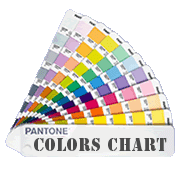The traditional symbol of blankets are its themal function. However, nowadays people has cultivated the various usages of a blanket. Through investigation you will discover people used to bring a blanket when they travel, picnic just because it will bring them a comfortable touch.
A good fleece blanket can come in a wide range of textures, each processed slightly differently. The top side may be almost smooth, or may have a nice velvet feel to it, while the bottom side is usually even smoother, with a texture greatly resembling felt. Many people make their own fleece blanket, because of the ease of using fleece as a 'no-sew' material. Beginners love fleece because it never ravels the way most materials do, making it difficult to ruin a length of fabric.
There are three main weight categories of fleece which can be used for a fleece blanket, depending on how warm a blanket is desired. Microfleeces are the lightest, and are not really suitable for anything but a light fleece blanket meant to be used underneath a heavier blanket. Hundred-weight fleeces are the next weight category, and are about as heavy as an average pair of sweatpants. Medium-weight fleeces are often used for jackets and vests, and are ideal for a blanket used in cold conditions.
Fleece is a great material for blankets because of its excellent weight-to-insulation ratio. It is soft and comfortable, retains heat well and is light enough to be carried on backpacking trips or stored away easily in a closet. In camping situations, the polyester material of a fleece blanket helps to pull moisture away and keeps the campers drier than other blanket materials. While perhaps not as ideal as some high-tech alternatives, for the price fleece simply can't be beat.























